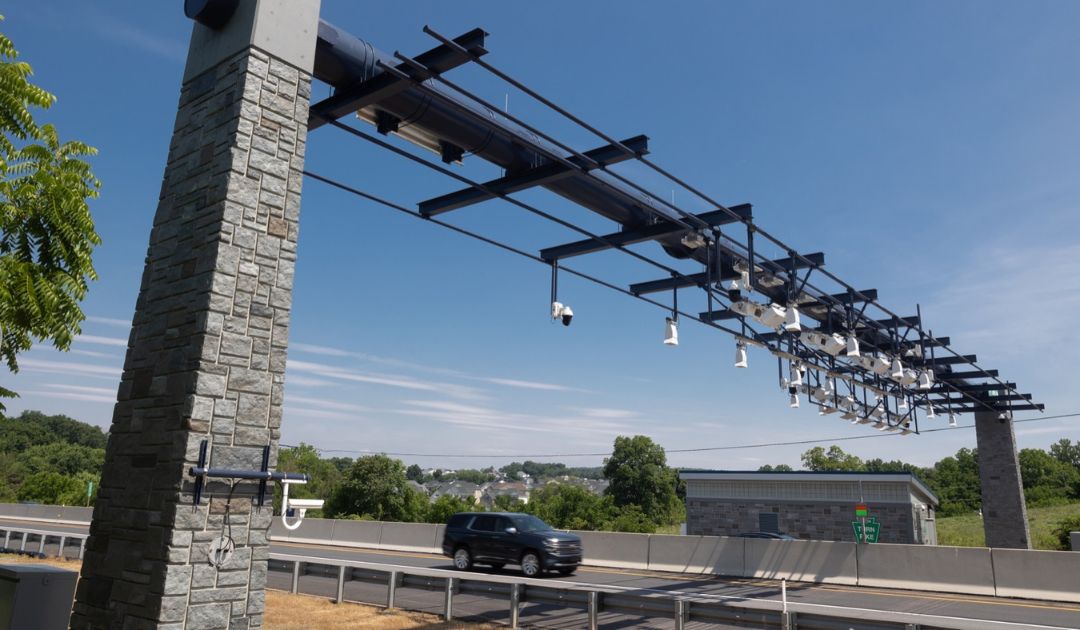The Pennsylvania Turnpike Commission has officially announced plans to convert its tolling system to Open Road Tolling (ORT) east of Reading and on the Northeast Extension in January 2025.
According to the Turnpike’s website, ORT is the preferred option because it:
- Fulfills customer expectations for seamless, convenient travel
- Is safer for PA Turnpike drivers and its employees, and it’s better for the environment
- Allows new access points (interchanges) to be added more easily and at a lower cost, enhancing mobility and reducing traffic at interchanges and on connecting roads
- Will help save the PA Turnpike more than $25 million a year
Open Road tolls are “charged electronically as customers drive at highway speeds without slowing down or stopping beneath overhead structures — called gantries — located between interchanges,” the Commission said in a statement.
“The advent of Open Road Tolling will advance safety and allow for the safe movement of vehicle traffic across our network. Pennsylvania is the great American Getaway and Open Road Tolling will get traveling members of the public to destinations across our great Commonwealth in a safe an efficient manner,” said PA Turnpike Chairman and PennDOT Secretary Michael Carroll. “It’s a great day in Pennsylvania and another giant step forward for the Pennsylvania Turnpike Commission.”
Customers will not need to do anything differently once the technology is launched, officials said.
From their statement:
ORT allows for the addition of new access points at a significantly lower cost paving the way for increased economic development as seen around the Route 29 interchange and the Southern Beltway, the Turnpike’s most recent additions. It allows for greater access to communities along the Turnpike promoting and supporting tourism and recreation. New access and increased convenience mean freight will move more efficiently and enable the expansion of economic development to more communities.
Construction of a new fiber optic network spanning the entire footprint of the mainline Turnpike, in support of ORT operations, extends the possibility of high-speed connectivity to neighboring communities who remain in need of this service and increases access to underserved communities.
ORT eliminates the confusion and lane switching associated with traditional, stop-and-go tolling. Removal of toll booths removes obstacles and increases sight lines for customers reducing stress and distraction when entering and exiting the system.
Non-stop travel also means lower emissions, less fuel use, and a cleaner environment. The Pennsylvania Turnpike’s transition to cashless tolling in 2020 resulted in a 45%, systemwide reduction in CO2 emissions, or approximately 65 tons of CO2 emissions per year. Open Road Tolling is anticipated to further reduce CO2 emissions by another 7% by 2030, or about 11 tons of CO2 emissions per year. The removal of current toll booths and additional infrastructure at interchanges will see the return of green space along the system.
The Turnpike will begin removing toll plazas in the eastern sections in 2025. ORT construction west of Reading is getting underway, and ORT will be fully operational there in early 2027, the Commission said.
More information about Open Road Tolling, including a map of gantry locations and a video on how the gantries are constructed and operated, can be found here.
For all the latest news, follow us on Facebook or sign up for Glenside Local’s “Daily Buzz” newsletter here.
Photos: PA Turnpike

